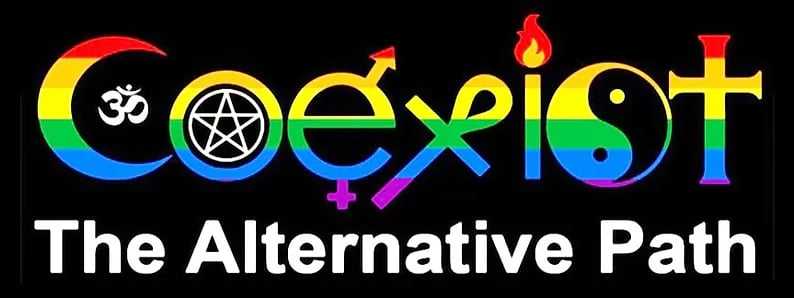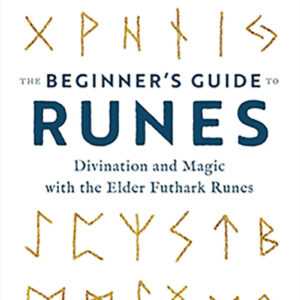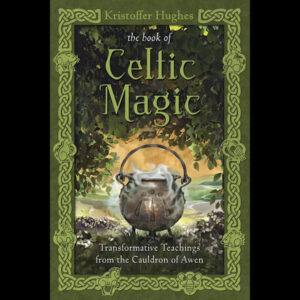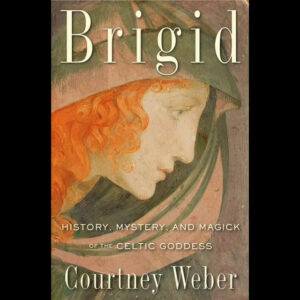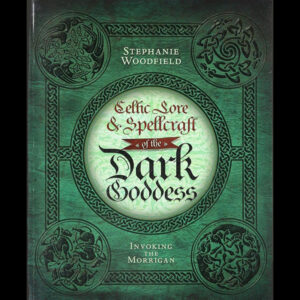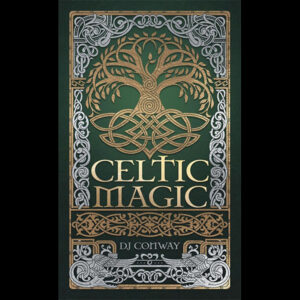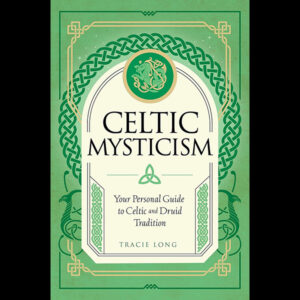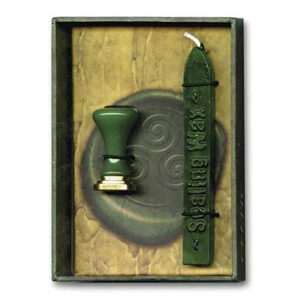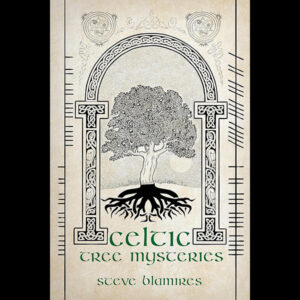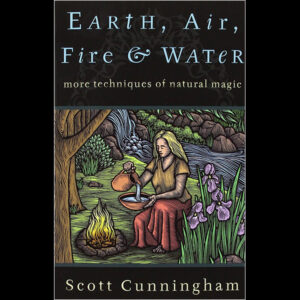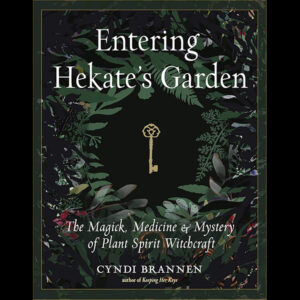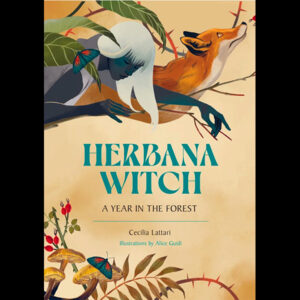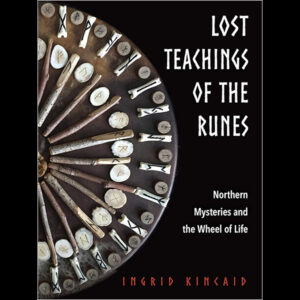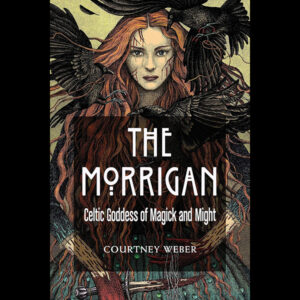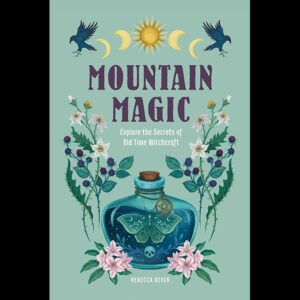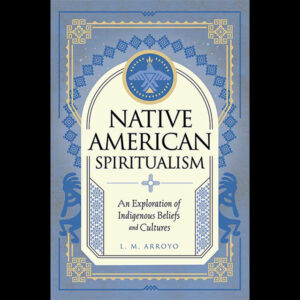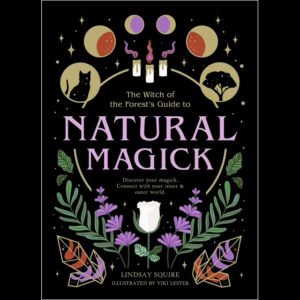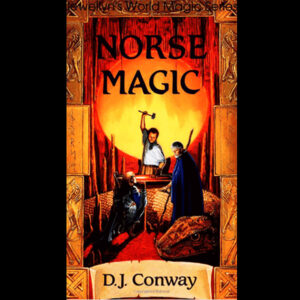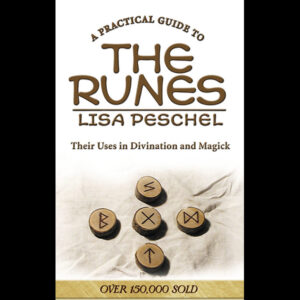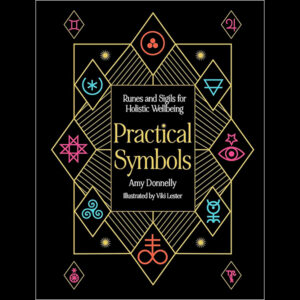Showing 1–24 of 38 results
Explore Celtic Witchcraft: Unlocking Ancient Mystical Secrets
Celtic witchcraft draws upon the deep magic of the ancient Celts. It blends powerful rituals, lore, and spirituality. Although Celtic witchcraft is often linked with nature, its practices extend beyond simple reverence. Accordingly, many explore this path to connect with deities, tap into elemental forces, and invoke potent spells. We offer many Celtic witchcraft books in the occult books section in our physical store, come visit! Connect with us for more on Instagram, Facebook (Meta) or TikTok.
Celtic Magic: A Rich Tapestry of Beliefs
Celtic magic stems from the sacred teachings of the Druids, an ancient order of mystics and spiritual leaders. Due to its strong connection with nature, Celtic witchcraft focuses heavily on the cycles of the earth, moon, and seasons. Books like Celtic Lore and Spellcraft of the Dark Goddess reveal the rich tapestry of these ancient practices. Many practitioners look to the Celtic Tree Mysteries for guidance, drawing wisdom from sacred trees like the Oak, Ash, and Yew.
Notably, Celtic magic is deeply rooted in its deities and goddesses. For instance, Brigid, a Celtic goddess of fire, healing, and fertility, often features prominently in modern witchcraft. Also, the Morrigan, goddess of war, fate, and sovereignty, serves as another central figure. These powerful deities guide practitioners as they explore rituals and spells to manifest their intentions.
Delving into Celtic Mysticism
Celtic mysticism offers a path of spiritual growth and personal transformation. Many books on Celtic witchcraft explore the hidden realms, guiding seekers in their quest for enlightenment. For example, Hekate’s Garden by Cyndi Brannen is a must-read for anyone seeking to understand the mystical practices surrounding Hekate, the dark goddess associated with magic, witchcraft, and the underworld.
Due to its deep connection with nature, Celtic witchcraft emphasizes working with natural elements. Practitioners use stones, herbs, and crystals to amplify their magic. Additionally, connecting with the land itself forms an integral part of Celtic mysticism. Many witches engage in mountain magic, where they commune with the spirits of the mountains to gain strength and wisdom.
The Role of Druids and Druidry in Celtic Witchcraft
The Druids were the spiritual and magical leaders of ancient Celtic society. Although the practices of Druidry are now somewhat shrouded in mystery, many modern witches incorporate Druidic traditions into their practices. Druidry emphasizes wisdom, respect for the earth, and the use of sacred rituals. Accordingly, books on Druidry such as The Druid Craft by Philip and Stephanie Carr-Gomm provide modern interpretations of these ancient practices.
Also, the Celtic gods and goddesses have been pivotal in the practices of Druidry. The connection between the divine and the natural world runs deep, as Druids believed in communicating with nature spirits. These spirits were seen as guardians of trees, streams, and other elements of the natural world.
The Role of Sea Magic in Celtic Witchcraft
Sea magic is another crucial aspect of Celtic witchcraft. The Celts revered the sea and believed that it held vast power. Due to the Celts’ connection with the water, many witches incorporate sea magic into their practice. Sea magic often involves invoking the spirits of the water to bring healing, abundance, and protection.
Books on Celtic witchcraft often include sections on sea magic and its importance. Moreover, many witches use water as a medium for divination, invoking the tides to guide their decision-making. As a result, understanding the ways of the sea can enhance a witch’s magical practice.
Connecting with the Dark Goddess in Celtic Witchcraft
The Dark Goddess is a potent figure in Celtic witchcraft. She embodies aspects of life and death, creation, and destruction. Many witches work with the Dark Goddess as a way to explore their inner power and confront the shadow self. The Morrigan, known as the goddess of death, war, and fate, is a prominent figure in this practice.
Although dark goddesses can appear fierce or intimidating, they offer wisdom and guidance for those who seek it. Because the Morrigan and other Dark Goddesses often represent transformation, witches working with them often undergo deep personal growth.
The Integration of Norse Witchcraft and Heathenry
While Celtic witchcraft holds a rich tradition of its own, Norse witchcraft and Heathenry also intersect with Celtic magical practices. Norse witches, or practitioners of Odinism, focus on the power of the northern gods such as Odin, Thor, and Freyja. Additionally, Heathenry shares many beliefs with Celtic witchcraft, including reverence for nature and a strong connection to ancestors.
Books that explore the intersection of Celtic and Norse witchcraft, like Northern Lore by RJ Stewart, offer deep insights into how these traditions intertwine. Accordingly, witches who practice both traditions often draw from a variety of magical and spiritual practices to enhance their work.
Wild Magic and Practical Witchcraft
Wild magic is a term that describes the untamed, primal magic of the natural world. In Celtic witchcraft, wild magic often involves working with the land, animals, and the elements. This form of magic is particularly empowering for those who wish to break free from conventional structures and embrace their innate magical power.
Practical magic, on the other hand, involves using everyday tools and resources to manifest one’s intentions. Witches often incorporate practical magic into their rituals, using candles, herbs, crystals, and incantations to cast spells. Books like The Practical Witch’s Spellbook by Fiona Horne offer an accessible introduction to this type of magic, perfect for those new to the Craft.
Rituals and Conjuring Magic in Celtic Witchcraft
Magical ituals are essential in Celtic witchcraft. Rituals help practitioners tap into the energy of the universe, align with the cycles of nature, and invoke divine guidance. Common rituals in Celtic witchcraft include calling the quarters, casting a circle, and honoring the elements.
Due to its focus on ancestral connections, Celtic witchcraft often involves honoring the dead and connecting with spirits. Many practitioners use divination tools such as runes and Tarot cards to receive guidance during their rituals. Accordingly, conjuring is also a key practice, as witches work to summon spirits and energies to help them in their magical pursuits.
Learning Celtic Witchcraft: Books and Resources
For those interested in learning more about Celtic witchcraft, many books provide an excellent starting point. Celtic Witchcraft by D.J. Conway offers an introduction to the lore, rituals, and magical practices of the ancient Celts. Additionally, The Celtic Handbook by John Matthews delves into the history and customs of Celtic spirituality.
Also, The Book of Celtic Magic by Kristoffer Hughes explores the spiritual practices of the Celts, including their rituals, festivals, and mystical beliefs. These books provide essential knowledge for beginners and seasoned practitioners alike, offering insight into the magical world of the Celts.
Conclusion: Embracing the Path of Celtic Witchcraft
Celtic witchcraft is a rich and empowering spiritual path that offers a deep connection to nature, the gods, and the spirits. Whether you are drawn to the mystical world of Celtic gods and goddesses or wish to practice wild magic, Celtic witchcraft provides the tools and guidance to manifest your desires. By reading books on Celtic witchcraft, you can unlock the secrets of this ancient tradition and begin your own magical journey.
In conclusion, Celtic witchcraft offers a diverse range of practices, beliefs, and rituals. Books on Celtic magic, Druidry, and Norse witchcraft provide the keys to unlocking the mystical powers that reside within nature and the divine. Through this path, practitioners can deepen their understanding of the universe and harness the power of the elements to create real change in their lives.
